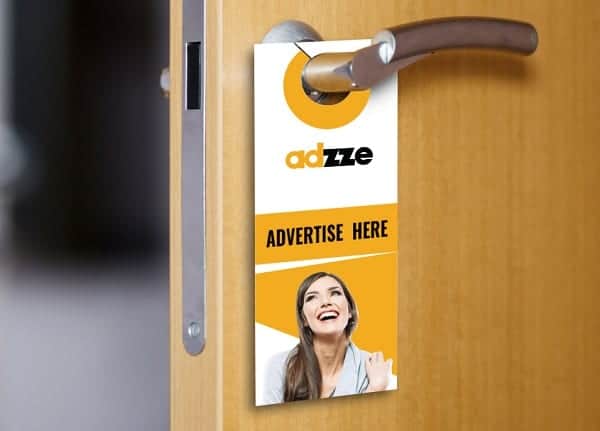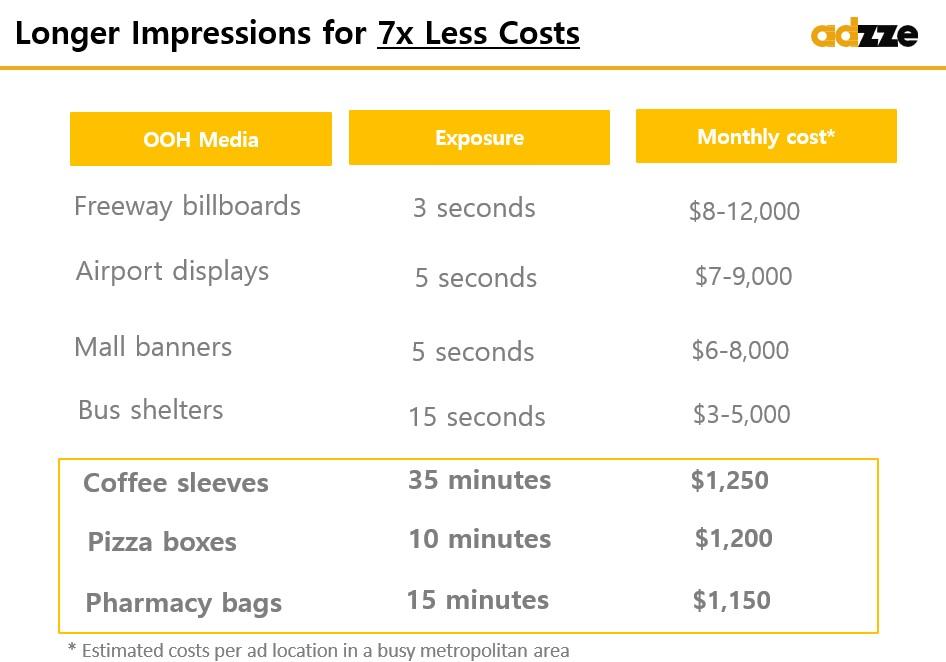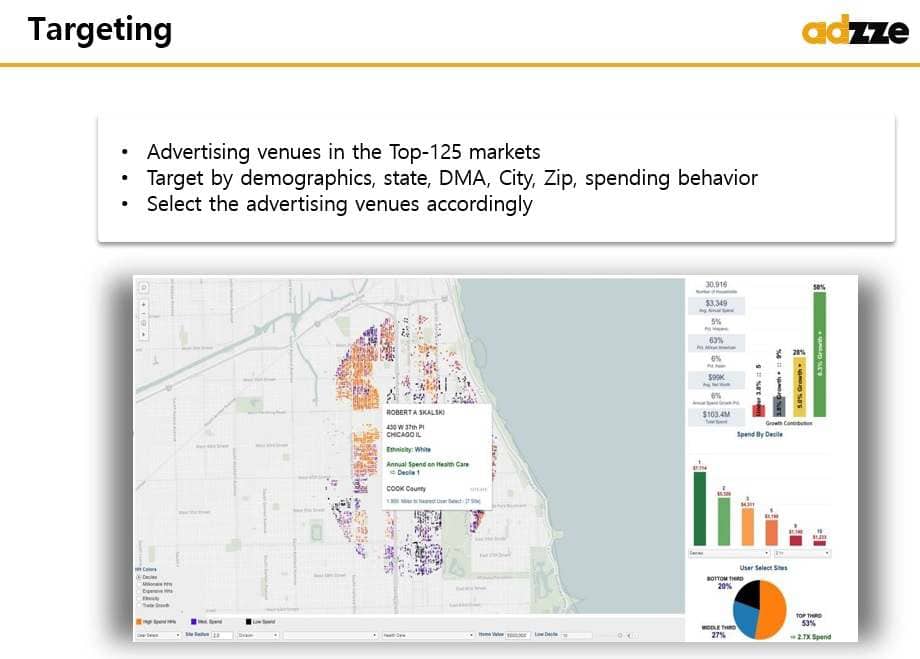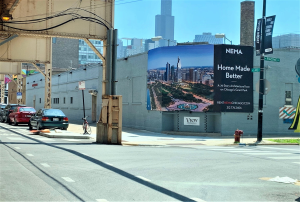Billboards for rent and ooh advertising are no longer viable.
The Impact of COVID-19 on the Billboard Industry
Billboard advertising is an integral part of out of home (OOH) advertising. Granted, OOH advertising was massive and it has benefited many businesses. However, that is all in the past now as digital platforms sweep the advertising industry. Today, billboards for rent are no longer good business as advertisers relocate to more innovative platforms.
Can billboards for rent be cost effective?
Well, it depends. Billboard advertising is one of the most complicated form of OOH advertising because of measurement issues. Firstly, it is difficult to measure the impact that an ad placed on a billboard has on a brand. Although the ad may convince a little more people to buy your products, it is difficult to quantify brand visibility.
The costs of billboards depends on format, circulation, demographics, and impressions. Traditional billboards cost $14,000-20,000/month in larger markets. It takes a considerable time, energy and money to advertise with billboards. On the top, most billboard companies require advertisers to close long-term contracts. If your campaign strategy requires flexibility and multiple messages delivered at specific times, billboards are not the right media.
Secondly, billboards attract different costs based on their location, the format, the impressions, and the circulation. For billboards in densely populated areas, advertisers pay a lot of money to utilize them for marketing. However, there is little in terms of guarantee that the people will actually interact with the brand.
Indeed, cost effectiveness is the goal of all organizations. Specifically, the goal is more urgent for businesses that use billboards for rent in their ad campaigns. This is because billboard advertising is very expensive. Typically, physical billboards in the US attract at least $14,000 in large markets. This is a lot of money to go waste if the ad campaign fails to meet the objectives.
Renting a Billboard will become obsolete
There is an unproven assumption that billboards are effective. In fact, several publications demonstrated the lack of targeting and tracking, low engagement with the target audience, high costs, low ROI and in many cases the issue of visual pollution and low brand recall. The targeting issues very often are addressed with alternative approaches as mobile billboards, digital OOH, ads on trucks and ads in places people don’t expect as flags, backpacks, inflatable objects, gas pump and balloons.
The after-effect of this development will, of course, be an unavoidable reduction in patronage for the outdoor advertising companies. These media companies may count their losses for months after. Billboard companies will eventually have to sit it out with the hope that they can still reclaim their market share in the end. However, smaller businesses and other brands that depended on their strategic displays to market their brands may not be so patient. Just as major clients like hoteliers, airlines, and cinemas are on pause mode, smaller brands are quickly pulling away and leveraging alternative media and in-home advertising to preach their brands.
Naturally, marketers would be tempted to opt for billboards for an ad campaign because they are pervasive. However, this advertising medium has multitudes of challenges that ultimately erase any benefit there is. Fortuitously, advertisers have a wide range of alternatives to power their marketing campaigns.
New Advertising Methods: Door Hanger Marketing
A notable alternative is in-the-hand marketing. Interestingly, in-the-hand marketing is the simplest advertising medium out there. Additionally, you will be surprised at how cheap it is to design an ad campaign based on this medium. For example, you would spend the $14,000 cost of a single billboard to produce over 20,000 door hangers.
If you delivered each door hanger to every household of your target audience, you would generate very high visibility rates. Specifically, in-the-hand marketing delivers the message in the hands of the target audience. Therefore, there is no chance for the audience to ignore the message. Besides extremely high brand visibility, this advertising medium facilitates extraordinary levels of brand engagement.









